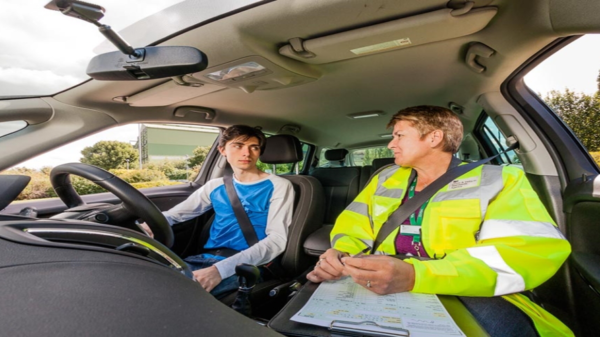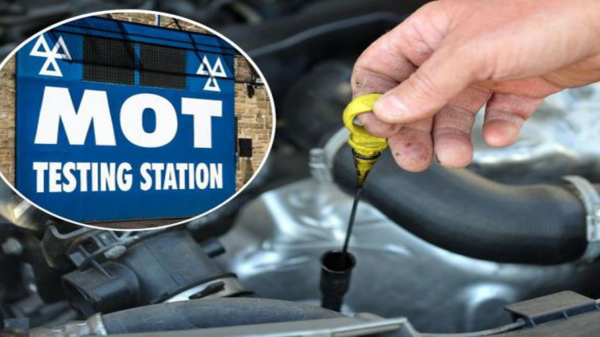Council road maintenance in England dropped by 45% in 2022/23 compared to five years ago resulting in 3,366 fewer miles receiving any kind of improvement work, according to RAC analysis of new government statistics. Figures show that 764 miles of A roads were strengthened, resurfaced or preserved in 2022/23, a 37% decrease (458 miles) from 1,222 in 2017/2018. For minor roads listed as B, C, and unclassified, the numbers were 3,380 in the last financial year compared to 6,288 five years before, a drop of 46% (2,908 miles).
Worryingly, just 4% of the 17,853 miles of A roads maintained by councils in England were resurfaced or given life-extending preservation treatment in the last financial year.
Looking at specific types of road maintenance, 1,223 miles of all road types were entirely resurfaced by councils: a small 9% increase on 2021/22 but 22% fewer than six years ago. Meanwhile preservation treatments – such as surface dressing and micro surfacing used to extend the life of roads – fell to their lowest level in five years.
Just 2,698 miles of roads were given preservation treatment in the last financial year, a 50% dip on the 5,345 miles treated five years ago and a 25% drop year-on-year compared to 2021/22.
Regionally, more than a third (35%) of the 158 roads authorities in the latest data failed to carry out any road surfacing while six-in-10 (61%) did no preservation maintenance work at all. And over the last 12 months, the average length of roads resurfaced for all authorities was just 17 miles and 28 miles for preservation work.
For two years running, Kent resurfaced the most miles of A roads out of all authorities: 26 miles of its 502 mile-network (5%), three miles less than the 29 it completed last year. Meanwhile, Staffordshire carried out the most amount of preservation work, treating 36 miles of its 412 miles of A roads (9%).
Moving southwest, Gloucestershire topped the tables for the highest number of minor roads resurfaced by replacing 64 miles of its 3,066-mile network (just 2%), while in the East, Norfolk completed the most preservation work by treating 251 miles of 5,573 roads (4.5%).
But the highest percentage of roads were treated in the West Midlands, with Telford and Wrekin resurfacing 18% (nine miles) of its 52-mile network and Sandwell carrying out preservation treatment on 13% (seven miles) of its 54-mile network.
The analysis follows a pre-Christmas period pockmarked with road defects for RAC patrols who attended the highest number of pothole-related breakdowns in any fourth quarter since 2019.
RAC head of policy Simon Williams said: “These figures lay bare just how little resurfacing and life-extending preservation work councils have managed to carry out in the last financial year. We suspect this means road maintenance in England has reached a new low point – a sorry state of affairs considering how car-dependent the country is.
“It’s especially concerning to see that so few miles of A roads received any form of road maintenance last year when these important routes are used by millions of drivers every day. Meanwhile, our minor roads that are essential in connecting rural areas have received barely a crumb of the pie.”
It’s not just councils bearing the brunt of damaged roads – pothole repairs can also be extremely expensive for drivers. RAC garage data from December 2023 shows that for anything more serious than a puncture, drivers can expect to pay up to £460 if their car needs to go to a garage after hitting a pothole.
Simon Williams continued: “Highways authorities need to take a ‘traffic light’ approach to road maintenance. Roads in ‘green’ and ‘amber’ conditions should undergo preventative maintenance by filling potholes and carrying out the most appropriate surface dressing treatment between April and September. This will seal the roads against water and prevent cracking in the cold winter months. Roads deemed to be in ‘red’ condition need to be fully resurfaced, or strengthened, as no amount of preventative treatment will stop them from falling apart.
“With road maintenance levels taking a nose-dive, it’s no surprise the RAC’s Pothole Index has got worse recently with drivers now nearly twice as likely to suffer a pothole-related breakdown than they were in 2006. That’s why the Government’s £8.3bn cash injection over 11 years still isn’t nearly enough for a long-term fix. We believe a proportion of money raised through fuel duty should be ringfenced to give councils the certainty of additional dedicated roads maintenance funding for years to come.
“Otherwise, this serious, decades-long problem will continue, meaning more roads will literally crumble away. The longer this is left unaddressed, the bigger the eventual bill for councils.”






















